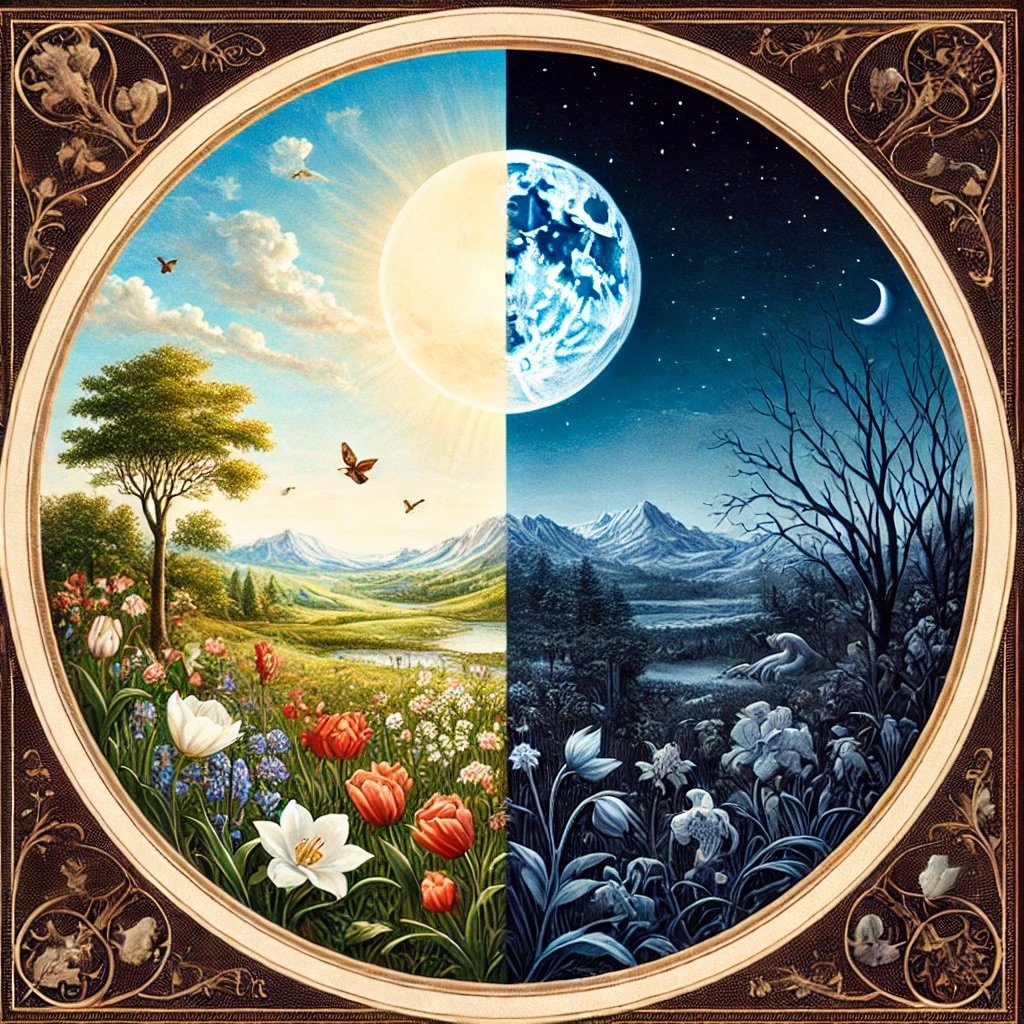What is the Lunar Calendar?
In the ongoing series “Month of the…” blogs over at Dragon Rises, we have been looking at the symbolism of the Chinese Zodiac animals and exploring how their symbols reflect in the outer world throughout the year, as well as in the inner activities of all living things during these months.
Zooming back out, let’s take a look at what the Chinese lunar calendar is, how it differs from the Gregorian calendar, and how the zodiac symbols are mapped onto this calendar.
The Chinese lunar calendar was created during an agrarian period in history, and so has a strong agricultural component.
Each season begins not with the solstice and equinox, as we are used to, but instead halfway between. This means spring, beginning with the Chinese New Year, takes place in late January or early February each year, depending on the day of the new moon. Summer begins in April or May, Fall starts in August, and Winter in November.
The importance of placing the start of seasons so much earlier in the year than we are used to is that each seasonal transition happens at the time when it is appropriate to begin preparing for the upcoming season in its full force. Seeds and roots are planted at the Lunar New Year to bloom in spring, and then weeding and clearing out the fields happens in May before the full force of summer. Collecting the harvest of autumn begins in late summer as the first of the fall fruits begin to ripen, and preparation for the lean winter months likewise has to commence before the snows fall.
In addition to the seasons of the lunar calendar indicating what kinds of activities to start when, the months themselves have unique qualities. This concept might be familiar to anyone who has heard of the “Flower Moon” or “Strawberry Moon” or “Worm Moon” - these terms, familiar from the Old Farmer’s Almanac, draw their theory from indigenous Lunar Calendar systems, and the Chinese Lunar Calendar is similar. There are 12 moons to go with the 12 months of the year, and each moon has its own associated animal symbol: these are the Chinese Zodiac animals.
Each Zodiac animal is a symbolic representation of the transformations of physiology (in plants and animals, including humans), seasonal energetics, and consciousness that take place during that particular month of the year. The importance of exploring the zodiac animals of the Lunar Calendar is to deepen our understanding of the subtle transformations taking place all around and inside of us. These transformations are most apparent in the seasonal shifts of the year, which is why we explore the symbols of the Zodiac on the level of monthly transformations. But one unique aspect of the Chinese Lunar Calendar is that it is not just on a monthly basis that the transformative energies of the Zodiac animals are present in the world: The twelve zodiac also cycle through on a yearly basis (Maybe you’ve heard we are in the year of the Dragon?). And this cycle also occurs even on a daily basis: each animal has a 2-hour slice of the day, so all twelve animals have a time each day they symbolically resonate with.
This connection between the Zodiac Animals representing years, months of the year, and hours of the day is the easiest way to begin to familiarize ourselves with the animals and learn about their respective aspects through our own observations! For example, the Tiger is the Zodiac animal associated with the start of Spring in the year, and also sunrise each day. Thinking about this connection can help illuminate the meaning of the Tiger as a symbol, along with contemplating the nature of the Tiger itself.
This is the basis for the Zodiac animals of the Lunar Calendar, the monthly overviews we share are a way to familiarize yourself with the meaning of these symbols in a general sense. For more detailed information about how the zodiac animals present in your birth chart affect you and interact with yearly and seasonal energetics, book a BaZi reading.These readings provide a practical view into these archetypal symbols in your life - what they mean and how to work with challenges and opportunities that come your way!

